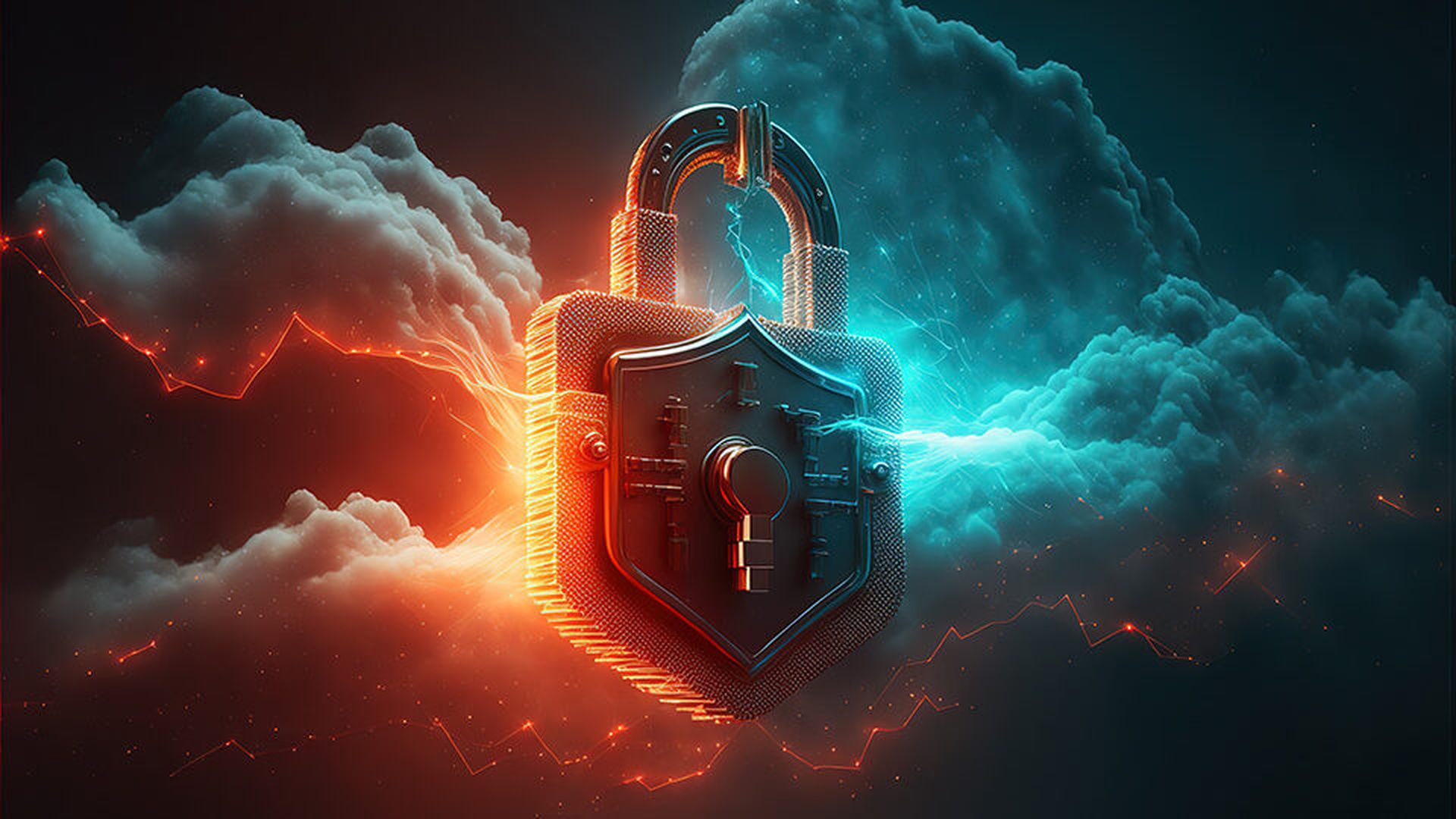With a broad range of well-known data backup and recovery products available on the market in 2025, you would think that MSPs, IT managers, and enterprise customers would have healthy confidence that the backup systems they use are keeping their data protected.
But, according to a new survey, “The State of Backup and Recovery Report 2025: Navigating the Future of Data Protection,” that isn't the case. Surprisingly, the 38-page report, which was sponsored by Kaseya’s Unitrends data backup and recovery unit, found most respondents are dissatisfied with their backup products, lack confidence in those systems and don't feel they're prepared for a disaster.
More than 50% of the respondents said that their companies plan to switch primary backup products in the next year, which dramatically points to their dissatisfaction with the products they are using.
Only 40% of responding IT professionals said they felt confident in their systems, while 33% reported having nightmares about their confidence in their protection. Many said they think they are less prepared for disasters than they believe.
More than 60% of respondents said they believed they could recover all their business data in under a day if a disaster occurred, but companies that experienced disasters said they were only able to recover their data in less than a day in 35% of the cases.
And for public cloud users, 40% of respondents said that their organizations could recover lost public cloud data within hours, while 11% reported being able to recover within minutes. But about 30% of the respondents said their organizations would require days to recover, and 10% would need weeks.
The survey includes insights from 3,051 global IT professionals, security experts and administrators who were contacted via email by Kaseya between September 2024 and November 2024. The respondents spanned a wide range of industries and company sizes but mostly represented mid-sized businesses in the Americas, according to the study.
Backup and Recovery are Still a Top Priority for Businesses
Frank DeBenedetto, the go-to-market general manager for the MSP suite at Kaseya, told ChannelE2E that MSPs can learn a lot from the results of the survey, including that “not all backup is created equal, and that there is a big reason why certain solutions cost more than others. Value is driven by the ability to rapidly recover from a disaster and isn’t measured by checking a box that simply indicates that a backup exists.”
Ultimately, the survey shows that data backup and recovery capabilities are still a top priority of the respondents and their companies, said DeBenedetto. “With backup being the last line of technical defense in the case of disaster, it is of paramount importance. We do see a shift in awareness around recovery with MSPs and customers being cognizant of potential downtime and the value of the solutions to help mitigate that risk.”
At the same time, backup “certainly is not as sexy as AI and cybersecurity, but it is the one service that every customer purchases,” he said. With the popularity of SaaS applications, the cloud, and other places where data can be stored, “the location of the data may have changed, but the need to back up and provide rapid recovery has not.”
The Survey Results Show Clear Concerns from Users: Analyst
Shelly Kramer, principal analyst with Kramer&Co., told ChannelE2E that the Kaseya survey sends some clear messages to MSPs and other channel providers that are smart enough to read into the results.
“When more than 50% of survey respondents do not express confidence in their existing primary backup systems, that presents an attractive opportunity for vendors in this space,” said Kramer. “The other telling point of the survey, and the money line for me, is its mention of a ‘concerning gap [that] exists between expectations and reality when recovering from downtime events.’ That should be a wake-up call for organizations of all sizes.”
Regular reviews of business data backup and recovery tools and strategies are critical for every kind of business, Kramer added.
“There has never been a better time to fully assess all elements of business resilience and continuity, especially as risks exacerbated by the adoption of AI by threat actors continue to increase at a rapid pace,” she said.
Jack Gold, principal analyst with J.Gold Associates, agreed with that assessment.
“Backup and recovery is something that many organizations think they do well, but they probably do not,” Gold told ChannelE2E. “It is often relegated to the lower levels of ‘must dos’, even though data recovery and continuity of operations is mission critical.”
Instead, what is often taking place is an irregular, long interval approach instead of what should be a continuous backup process, said Gold. “Cloud makes things both better and worse, as cloud repositories are often safer from a data loss perspective than on-premises, but in a multi-data location world, piecing all corporate data together for safety and recovery is a challenge."




